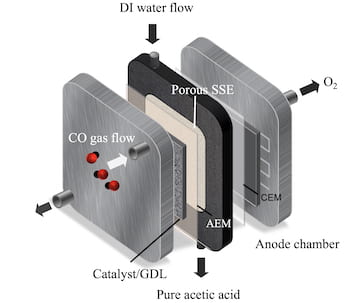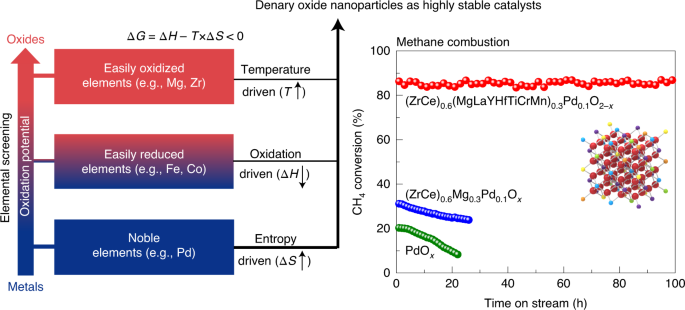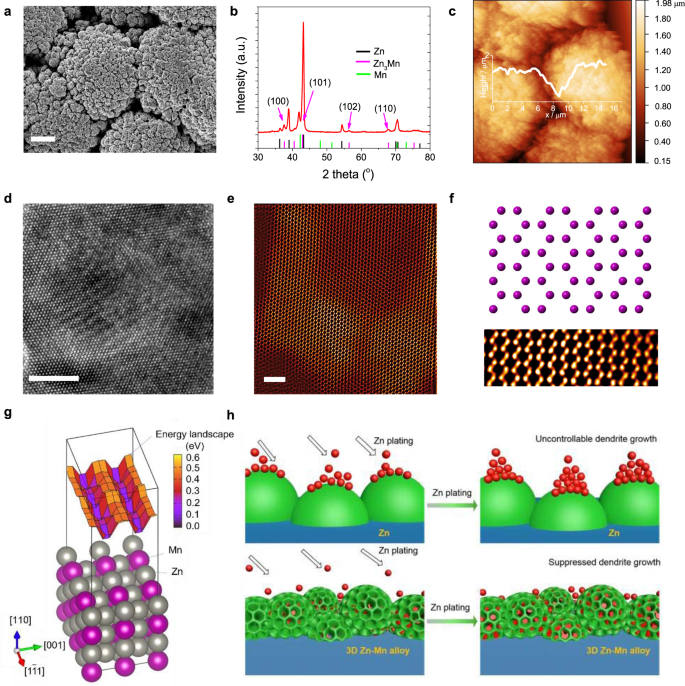2021/1/11 アメリカ合衆国・ライス大学

・ ライス大学が、銅ナノキューブ触媒と多孔質の固体電解質の環境に優しいリアクタによる、一酸化炭素(CO)を高純度の酢酸へ電気化学的に直接還元する技術を開発。
・ 研究室での 150 時間超の安定した継続運転で最高 98wt%の相対純度を達成。触媒作用で CO を液体燃料に変換する以前の研究をはるかに上回る結果を得た。
・ 酢酸は、食用酢や食品に加え、医療用アプリケーションでの消毒・殺菌、インク、塗料やコーティング剤の溶剤、また一般的な乳白色の接着剤の前駆物質の酢酸ビニルの生成に使用されている。
・ 本技術は、CO2 からギ酸を製造する同大学の過去の研究をベースとして、炭素数が 1 個から 2 個の化学物資の生産へとアップグレードする試み。従来、酢酸は液体電解質で製造されているが、低性能や電解質からの分離の課題がある。
・ 銅触媒では 2 種類の経路を通じて CO を酢酸とアルコールに還元することがある。そのため、炭素-炭素結合を酢酸に誘導するエッジを備え、それらの結合を促進する突出した 1 面を持つ銅キューブを作製した。
・ 今後のスケーラブルなシステムの開発研究では、同リアクタシステムの安定性の向上と消費エネルギーのさらなる削減を目指す。
・ 本研究は、米国立科学財団(NSF)と CIFAR Azrieli Global Scholoars Program が支援した。
URL: https://news.rice.edu/2021/01/11/carbon-monoxide-reduced-to-valuable-liquid-fuels-2/
<NEDO海外技術情報より>
(関連情報)
米国科学アカデミー紀要(PNAS)掲載論文(アブストラクトのみ:全文)
Direct and continuous generation of pure acetic acid solutions via electrocatalytic carbon monoxide
reduction
URL: https://www.pnas.org/content/118/2/e2010868118
Abstract
Electrochemical CO2 or CO reduction to high-value C2+ liquid fuels is desirable, but its practical application is challenged by impurities from cogenerated liquid products and solutes in liquid electrolytes, which necessitates cost- and energy-intensive downstream separation processes. By coupling rational designs in a Cu catalyst and porous solid electrolyte (PSE) reactor, here we demonstrate a direct and continuous generation of pure acetic acid solutions via electrochemical CO reduction. With optimized edge-to-surface ratio, the Cu nanocube catalyst presents an unprecedented acetate performance in neutral pH with other liquid products greatly suppressed, delivering a maximal acetate Faradaic efficiency of 43%, partial current of 200 mA⋅cm−2, ultrahigh relative purity of up to 98 wt%, and excellent stability of over 150 h continuous operation. Density functional theory simulations reveal the role of stepped sites along the cube edge in promoting the acetate pathway. Additionally, a PSE layer, other than a conventional liquid electrolyte, was designed to separate cathode and anode for efficient ion conductions, while not introducing any impurity ions into generated liquid fuels. Pure acetic acid solutions, with concentrations up to 2 wt% (0.33 M), can be continuously produced by employing the acetate-selective Cu catalyst in our PSE reactor.



